


To enhance the capabilities in disaster prevention, mitigation, and relief, strengthen risk prevention efforts, and effectively respond to various natural disasters, the Ministry of Emergency Management, in accordance with the requirements for establishing a national emergency capability system featuring unified leadership, consistent powers and responsibilities, and authority and efficiency, is actively promoting the modernization of the emergency management system and capabilities, and building a "grand safety and comprehensive emergency response" system.
In terms of the comprehensive prevention and control of natural disasters and emergency response, the construction of the part at the level of the Ministry of Emergency Management for the Emergency Management Big Data Project and the Informationization Project for Monitoring and Early Warning of Natural Disasters is being accelerated. Efforts are being made to encourage emergency management departments at all levels to strengthen communication and coordination with departments such as the natural resources department, water resources department, and meteorological department, and to enhance the interconnection, interoperability, and shared application of data for monitoring and early warning of natural disasters. A comprehensive monitoring and early warning system for natural disasters has been preliminarily established.
Enhance aviation emergency response capabilities and firmly safeguard the "safety line" for people's lives and property
Vertical takeoff, remote control, fly directly to the disaster site, unaffected by terrain factors such as road interruptions caused by disasters
Leverage UAVs' high-mobility characteristics, quickly switch regions according to emergency support requirements, meet sudden coverage needs
Carry multiple different payloads simultaneously, achieve large-scale monitoring, provide strong support for the rescue work of emergency departments
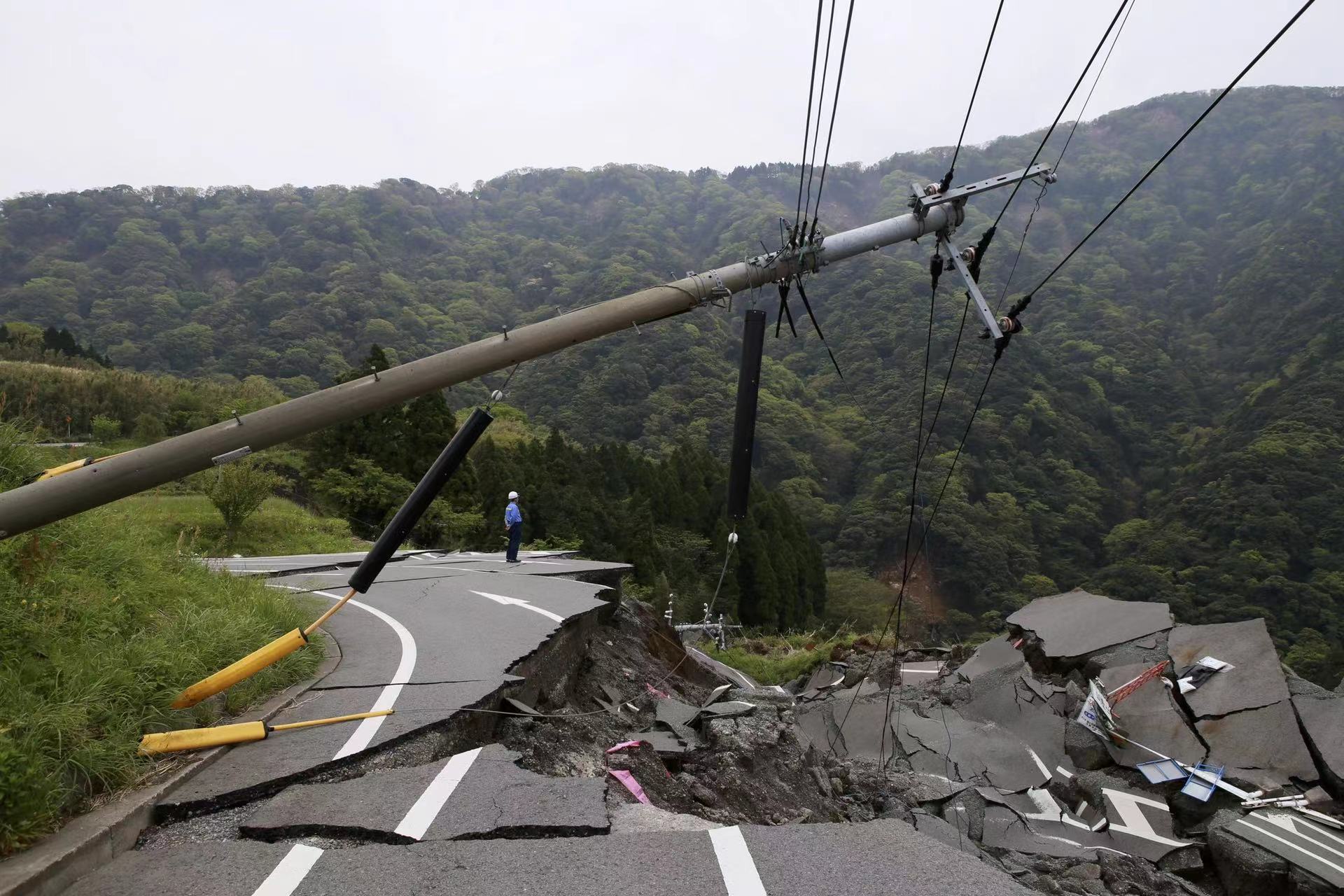
Directionally restore the public network communication in the disaster-stricken area: Equip with airborne satellite communication equipment and airborne public network base stations. Maintain link communication with satellites through high-altitude flight. Adopt 4G/5G communication technologies, transmit service data back to the operator's core network via satellites, and directionally restore the public network communication in the disaster-stricken area, providing voice, SMS, and Internet access services for users in the disaster area.
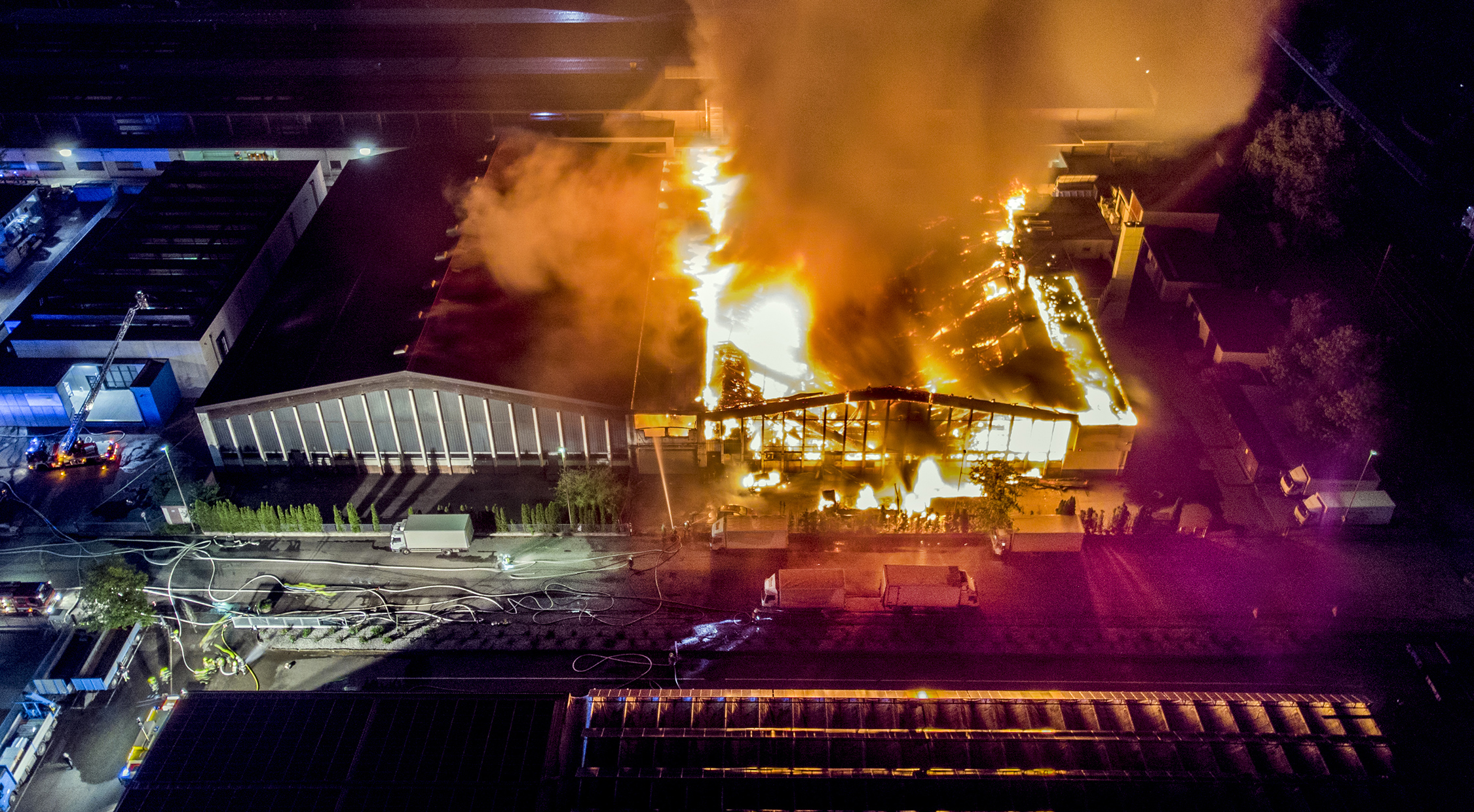
Unaffected by terrain disruptions such as road blockages caused by disasters, the drone rescue platform can quickly switch areas based on emergency support needs, meeting sudden coverage requirements. Equipped with an electro-optical camera and airborne personnel search payloads, it enables large-scale, fully controllable, and visual flight capabilities. This provides strong support for the command center to identify key rescue directions and deploy post-disaster relief efforts promptly.
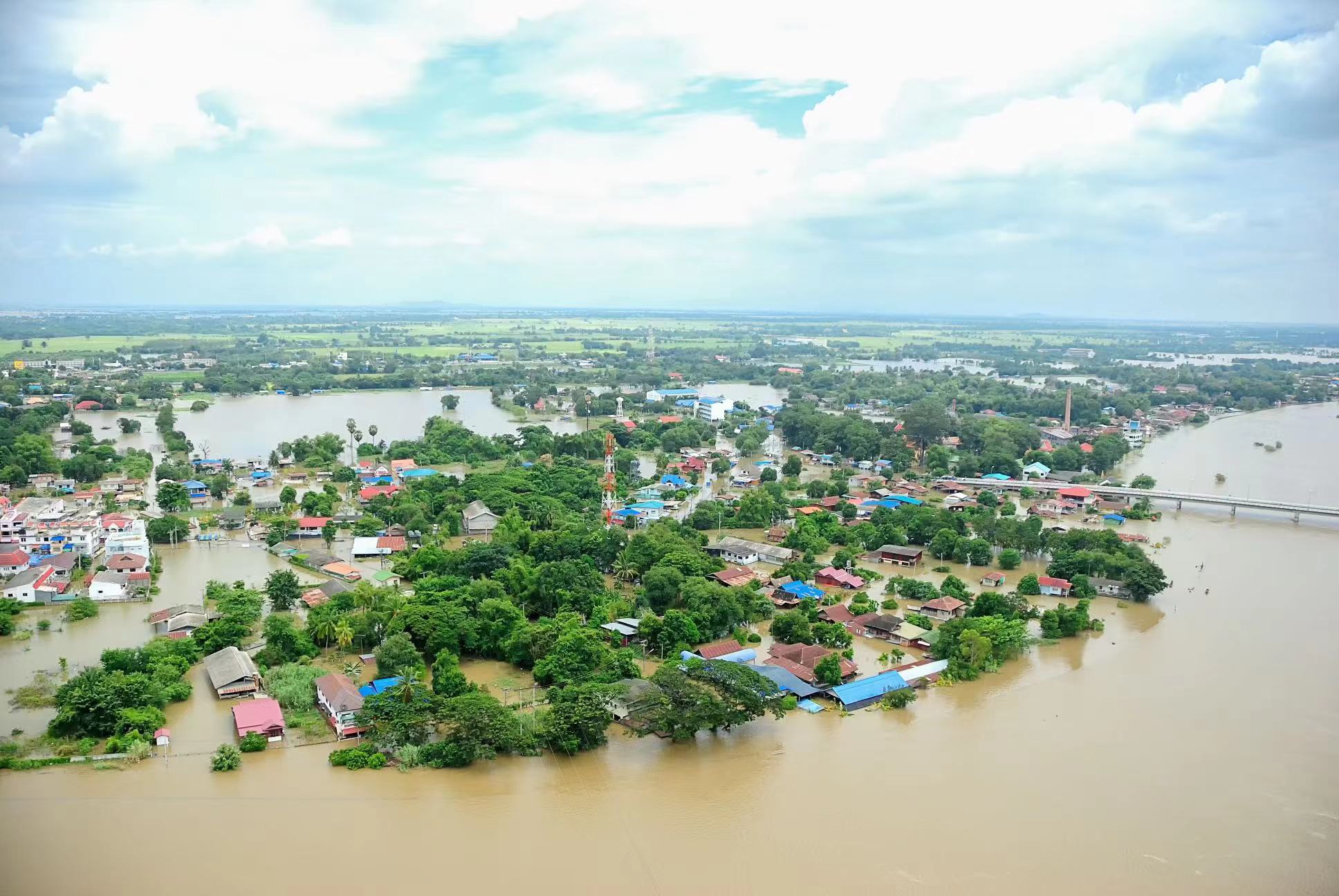
In complex environments where human resources are insufficient or inaccessible, unmanned helicopters can carry emergency supplies such as medical equipment, food, and communication devices to provide rapid delivery of essential items to disaster-affected areas, thereby reducing loss of life and property. Additionally, they can be equipped with electro-optical cameras, lighting systems, and loudspeakers to perform tasks such as site inspection, nighttime illumination, and public address announcements.

Forest and grassland fires are highly sudden and destructive. Once a major fire occurs, it can severely damage the ecological environment, cause significant economic losses, and impact social harmony and stability. By equipping the drone rescue platform with various payloads, it enables applications such as fire observation and analysis, personnel search and rescue, material transportation, firefighting, and real-time disaster monitoring. This provides critical decision-making support for forest and grassland fire rescue operations.
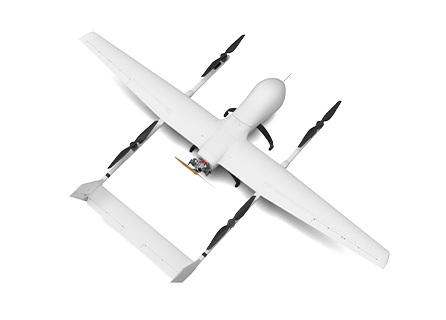
HC-541Emergency communications drone
More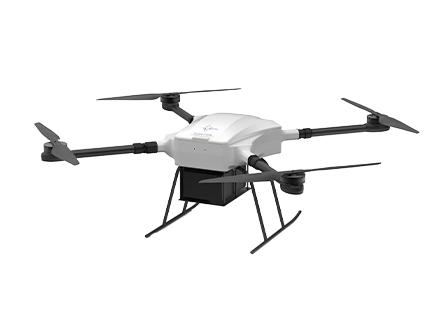
HC-325
More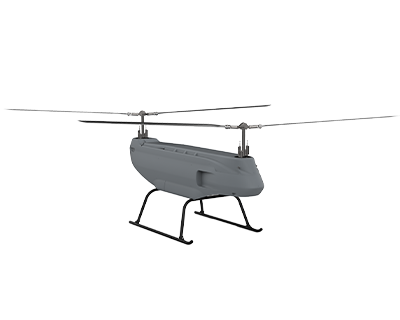
TF-500 is a heavy-duty transport unmanned helicopter suitable for emergency rescue applications. It has good endurance and load capacity, and can realize the transport of materials and fixed-point delivery by hanging and dropping. By carrying photoelectric camera and mapping camera, it can be used for target reconnaissance, shooting and positioning. Equipped with base station module and satellite communication system, it is widely used in emergency communication coverage in disaster areas and can also be accessed to shouting, lighting and other modules.
More